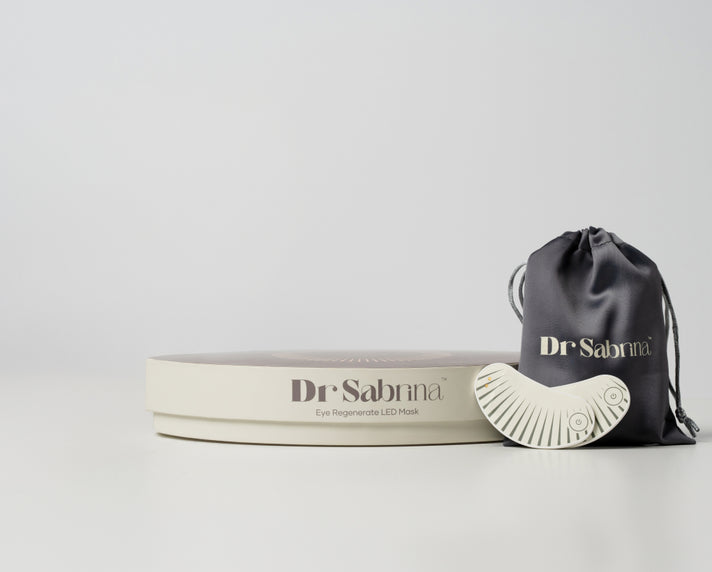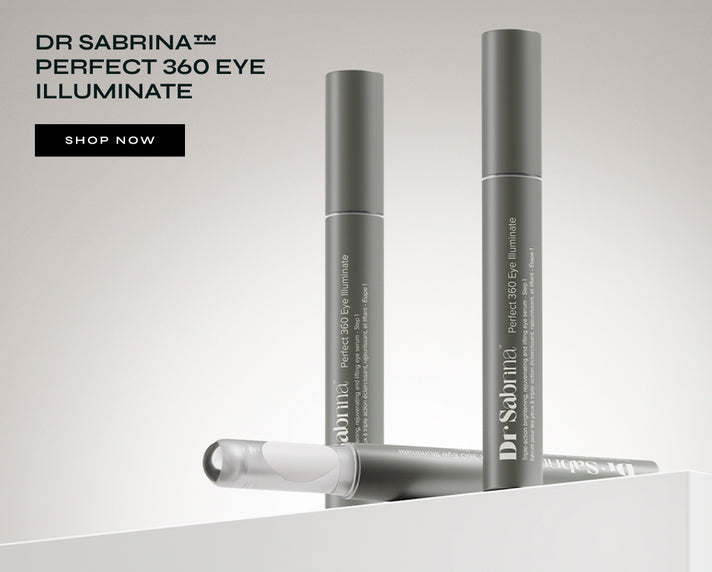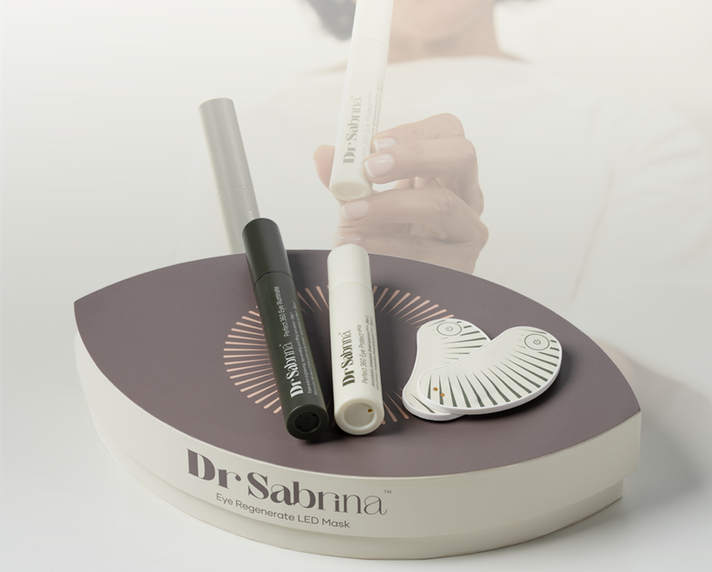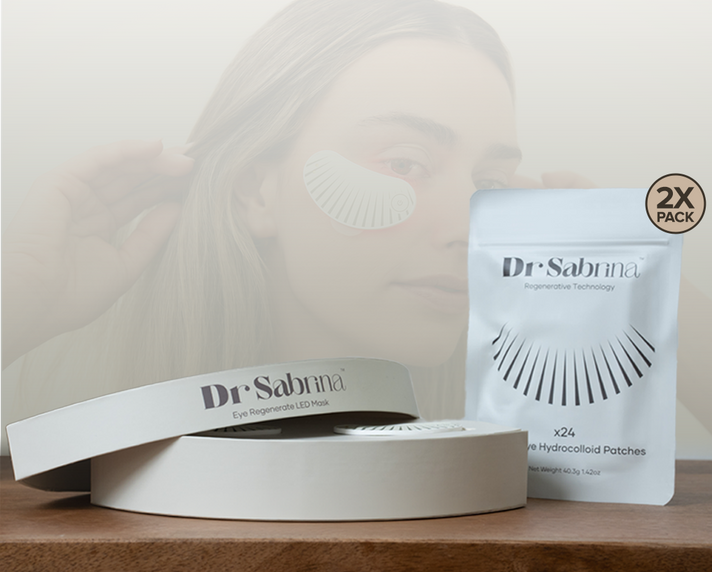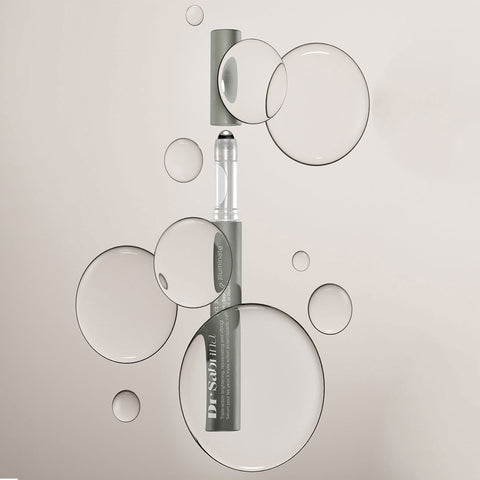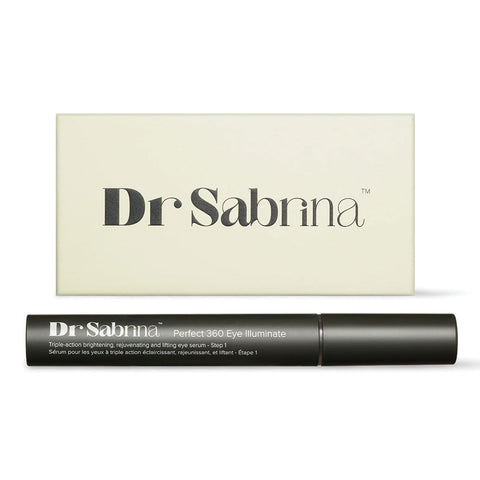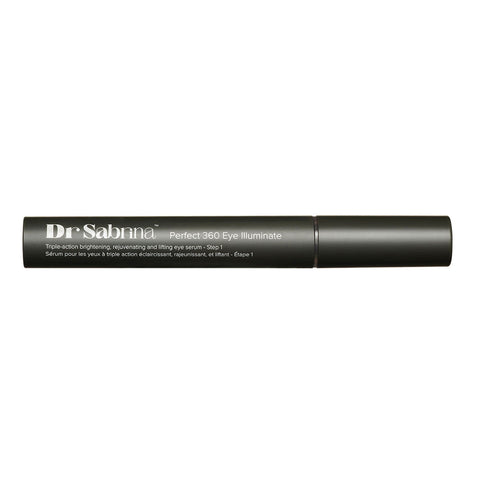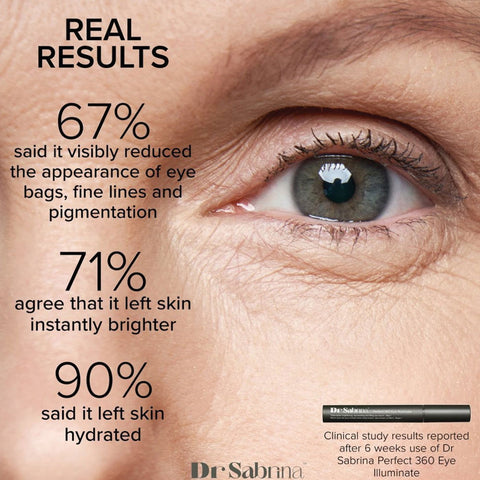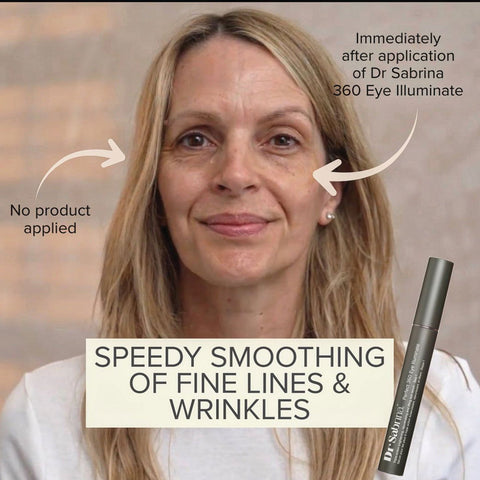Eye Serum
Dark Spots: Causes and How to Get Rid of Them?

Have you ever looked in the mirror and wondered, “Why do I have these uneven, dark patches on my skin? Whether they’re caused by the sun, age, or old acne scars, dark spots can feel like they appear out of nowhere, and once they do, they can be stubborn to get rid of.
In this blog, we’ll explore what are dark spots, what causes dark spots, and discuss how to remove dark spots using a mix of natural remedies, advanced skincare ingredients, and professional treatments. Let’s help you achieve that clear, even skin tone you’ve been dreaming of.
What Are Dark Spots?
Dark spots, also known as hyperpigmentation, are patches of skin that become darker than the surrounding area. This happens when excess melanin, the pigment that gives skin its colour, forms deposits in the skin.
These marks can vary in size and shade, appearing on the face, hands, chest, or anywhere frequently exposed to the sun. Understanding what are dark spots is key to choosing the right treatment.
What Causes Dark Spots on the Face?
There are multiple factors behind what causes dark spots on the skin. Below are the most common culprits:
- 1. Sun Exposure
- 2. Hormonal Changes
- 3. PIH- (Post-Inflammatory Hyperpigmentation)
- 4. Ageing
- 5. Medical Conditions & Medications
1. Sun Exposure
Prolonged exposure to UV rays triggers the skin to produce more melanin, leading to sunspots or age spots. Using sunscreen daily can help prevent this.
2. Hormonal Changes
Conditions like melasma are triggered by hormonal fluctuations during pregnancy or due to birth control pills, causing dark patches on the skin.
3. PIH- (Post-Inflammatory Hyperpigmentation)
Dark spots following trauma such as acne, cuts, burns, or rough treatments to the skin become an issue for individuals dealing with PIH: causes and how to remove them.
4. Ageing
With age, our skin ages, and it is normal for people above 40 years of age to start experiencing age spots.
5. Medical Conditions & Medications
Certain medications and medical conditions can trigger hyperpigmentation, including Addison’s disease and reactions to certain drugs.
Dark Spots or Pigmentation: Types and Varieties
To make sure you get the differences between the common pigmentations, here are the main types of dark spots:
1. Melasma
It is usually symmetric and more profound in color, mainly affecting women and appearing, maybe due to hormonal changes.
2. Sunspots
Known as liver spots, flat and brown, they form directly because of sun damage and are mostly seen in areas commonly exposed to the sun.
3. Post Inflammatory Hyperpigmentation (PIH)
These appear after going through the skin trauma, like acne or eczema, and they fade by themselves over time.
4. Age Spots
With ageing, these flat, brown spots usually appear on the face, hands, and chest as a result of continuous exposure to the sun.
Pro tip: Understand the difference between age spots vs sun spots, both result from UV exposure, but age spots tend to be more persistent with age.
How to Get Rid of Dark Spots?

If you’re wondering how to get rid of dark spots, you’re not alone. Fortunately, there are several treatments available, ranging from home remedies to professional medical procedures.
1. Topical Treatments
Many over-the-counter and prescription creams contain ingredients to lighten what creates dark spots on the face. The most effective ingredients include:
Vitamin C:
The most potent antioxidant that brightens skin and also reduces pigmentation.
Hydroquinone:
A skin lightener that causes inhibition of melanin production
Retinoids:
Cause an increase in cell turnover, leading to the reduction of dark spots over time.
Kojic Acid:
Derived naturally from fungi and for its brightening properties.
Niacinamide:
Improves skin texture and tone while helping to reduce dark spots.
2. Home Remedies
There are some home remedies that naturally help lighten dark spots on how to remove dark spots on face:
Lemon Juice:
Made of natural acids that exfoliate and lighten the skin.
Aloe vera :
It helps regenerate the skin while lightening its pigmentation.
Turmeric:
It contains curcumin, a compound that possesses skin-brightening properties.
Apple Cider Vinegar:
As a natural exfoliant, it fades dark spots: causes and how to remove them.
3. Professional Treatments
Professional treatments can adequately target and limit stubborn pigmentation if home remedies and over-the-counter products yield no results at all. This is one of the most promising options:
Chemical Peels:
These treatments use acids like glycolic acid, salicylic acid, or trichloroacetic acid (TCA) to exfoliate the top layers of the skin. By removing dead skin cells, chemical peels promote the regeneration of fresh, healthy skin. They also help reduce dark spots, improve skin texture, and even out skin tone. Different types of peels are available, depending on your skin’s needs and sensitivity.
Microneedling with PRP (Platelet-Rich Plasma):
This advanced treatment involves very small needles that create micro-injuries in the skin to stimulate collagen production. Combined with PRP derived from your blood, it enhances healing and promotes skin regeneration, improving pigmentation and texture.
Wondering if it’s right for you? Read more on how to treat hyperpigmentation for tailored advice.
Laser Therapy:
This treatment can break down melanin in the skin with focused light beams, removing excess melanin, and eliminating dark spots or darkening a particular area; this treatment thus evens skin tones. Fractional lasers or IPL therapy are two of the more common treatments to treat pigmentation. Laser treatments are very effective but may involve multiple sessions to cure dark spots of different intensities.
Microdermabrasion:
A minimally invasive procedure, microdermabrasion uses a device with fine crystals or a diamond tip to gently exfoliate the outer layer of the skin. This deep exfoliation boosts cell turnover, giving a smoother and more even skin tone. It's especially good for mild pigmentation issues and overall skin radiance.
Check out our guide on the best serum for hyperpigmentation to find products with these powerful ingredients.
How to Prevent Dark Spots?
Though knowing how to eliminate dark spots is important, prevention is always better than cure. Here's how you can prevent new dark spots from forming:
Wear sunscreen daily:
UV rays are one of the biggest culprits that cause dark spots on face. Apply a broad-spectrum SPF 30 or higher every day.
Don't scratch or prick the skin with pimples:
It may cause hyperpigmentation once the inflammation clears.
Use mild and gentle skincare:
Harsh chemical-based products on the skin make it red or irritated; what removes dark circles then becomes the issue.
Hydration and a nutritious diet:
It keeps healthy skin. Therefore, nutrient-intake foods, together with enough drinking water, contribute towards healthy skin.
Dark Circles vs Eye Bags – Understanding the Difference
Many people are confused about Dark circles vs eye bags. The bottom line is, they are two different conditions. Dark circles are due to thin skin where the blood vessels under the eyes are more prominent. Eye bags, on the other hand, are due to fluid retention or fat that forms under the eyes. In the case of dark circles, you will ask how to hide dark circles under the eyes, and the best under-eye serum really helps lighten them.
How to Hide Dark Circles Under Eyes?
If you want an instant fix, here's how to hide dark circles under your eyes:
Make use of a color corrector –
Peach or orange would work well in neutralising all the bluish or purplish undertones of under-eye darkness.
Apply a full-coverage concealer –
One shade lighter than your skin tone should do the trick.
Hydrate and depuff –
Applying an ice roller or cold tea bags can help reduce puffiness before applying makeup.
Invest in the best under-eye serum –
Applying the best under-eye serum containing caffeine or vitamin C can lighten and depuff the under-eye area over time.
Conclusion
To achieve clear skin, it’s important to understand dark spots, their causes, and how to get rid of them. Whether due to sun exposure, ageing, or acne, there are several treatments available. From topical products and home remedies to professional treatments, options on how to remove dark spots on the face are abundant.
If you have dark circles or eye bags,, finding the best under eye serum can revitalise the thin skin below the eyes.
Do you have specific questions about personalising skincare products or treatments? Share your skincare concerns!
FAQs
1. What are dark spots, and why do they appear?
Dark spots are patches of skin that have too much melanin, a result of the sun, age, acne marks, or hormonal changes.
2. What makes dark spots appear on the face the most?
The most common cause is excessive exposure to the sun, as it stimulates the production of melanin, thus causing hyperpigmentation.
3. How can dark spots be removed quickly?
Brightening ingredients such as vitamin C, retinoids, and chemical peels can expedite the process of fading.
4. How do you get rid of dark spots on your face naturally?
Some home remedies, such as lemon juice, aloe vera, and turmeric, can slowly reduce the dark spots.
5. What permanently removes dark spots?
Professional treatments like laser therapy, chemical peels, and prescription creams will eliminate dark spots forever.




